There are a lot of answers regarding to plotting confidence intervals.
I'm reading the paper by Lourme A. et al (2016) and I'd like to draw the 90% confidence boundary and the 10% exceptional points like in the Fig. 2 from the paper:  .
.
I can't use LaTeX and insert the picture with the definition of confidence areas:

library("MASS")
library(copula)
set.seed(612)
n <- 1000 # length of sample
d <- 2 # dimension
# random vector with uniform margins on (0,1)
u1 <- runif(n, min = 0, max = 1)
u2 <- runif(n, min = 0, max = 1)
u = matrix(c(u1, u2), ncol=d)
Rg <- cor(u) # d-by-d correlation matrix
Rg1 <- ginv(Rg) # inv. matrix
# round(Rg %*% Rg1, 8) # check
# the multivariate c.d.f of u is a Gaussian copula
# with parameter Rg[1,2]=0.02876654
normal.cop = normalCopula(Rg[1,2], dim=d)
fit.cop = fitCopula(normal.cop, u, method="itau") #fitting
# Rg.hat = fit.cop@estimate[1]
# [1] 0.03097071
sim = rCopula(n, normal.cop) # in (0,1)
# Taking the quantile function of N1(0, 1)
y1 <- qnorm(sim[,1], mean = 0, sd = 1)
y2 <- qnorm(sim[,2], mean = 0, sd = 1)
par(mfrow=c(2,2))
plot(y1, y2, col="red"); abline(v=mean(y1), h=mean(y2))
plot(sim[,1], sim[,2], col="blue")
hist(y1); hist(y2)
Reference. Lourme, A., F. Maurer (2016) Testing the Gaussian and Student's t copulas in a risk management framework. Economic Modelling.
Question. Could anyone help me and give the explanation of the variable v=(v_1,...,v_d) and G(v_1),..., G(v_d) in the equation?
I think v is the non-random matrix, the dimensions should be $k^2$ (grid points) by d=2 (dimensions). For example,
axis_x <- seq(0, 1, 0.1) # 11 grid points
axis_y <- seq(0, 1, 0.1) # 11 grid points
v <- expand.grid(axis_x, axis_y)
plot(v, type = "p")

